Bust of the muse Terpsichore.
Carrara marble.
First half of the 19th century.
Our bust derives from a full-length representation of the muse. There is a plaster version of Terpsichore in the Canovian Gypsotheca in Possagno and two marble versions: one in the Magnani Rocca Foundation in Parma and the other, a later autograph replica, now in the Cleveland Museum of Art, whose beauty was acclaimed when it was presented to the Royal Academy in London in 1817.
Antonio Canova began his work at the request of the Bonaparte family in 1808: this representation of the muse of lyric poetry and dance was supposed to bear the idealized features of Alexandrine Bleschamps, wife of Lucien Bonaparte, before a change of patron led him to change the features.







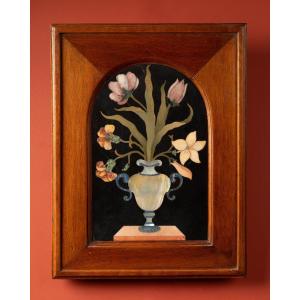

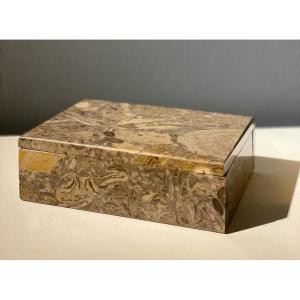

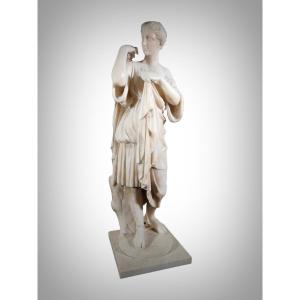
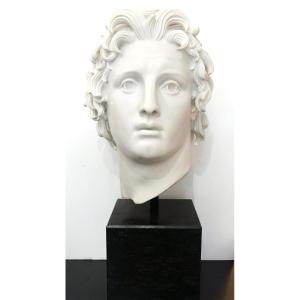



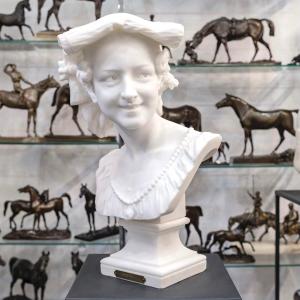



 Le Magazine de PROANTIC
Le Magazine de PROANTIC TRÉSORS Magazine
TRÉSORS Magazine Rivista Artiquariato
Rivista Artiquariato
